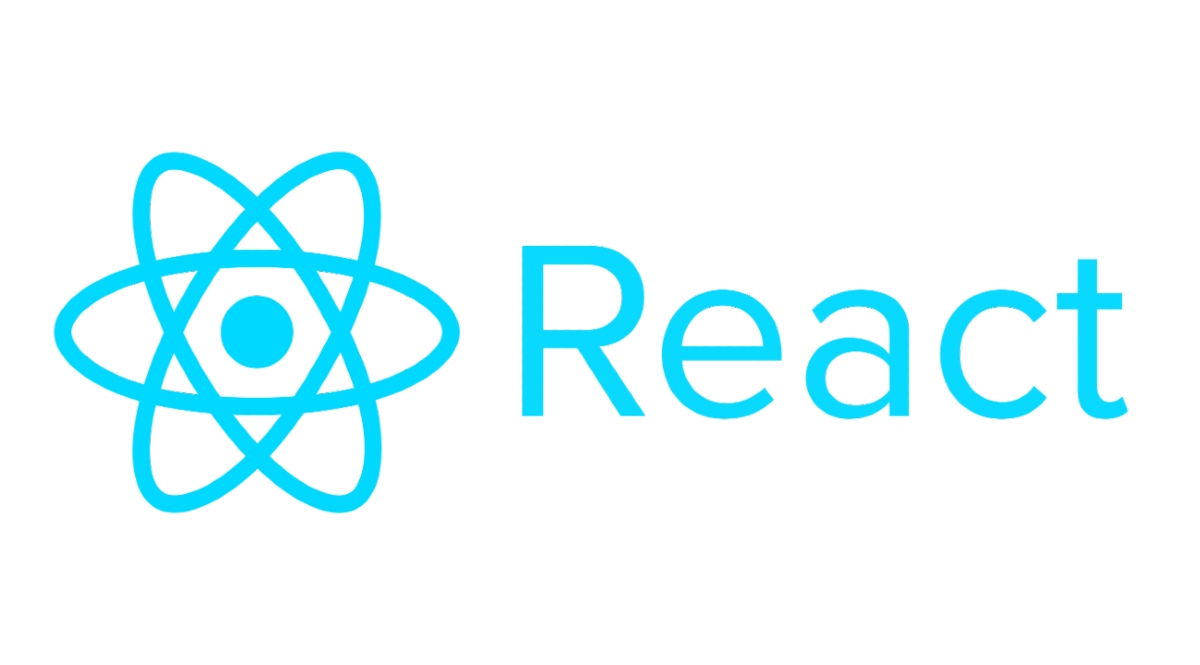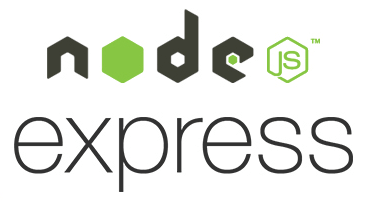This project is based on last year's wiq_es04a
Original repo: https://github.com/Arquisoft/wiq_es04a
Original authors:
- Méndez Fernández, Hugo
- Barrero Cruz, Pablo
- Lago Conde, Alberto
- García-Ovies Pérez, Pablo
- Bustamante Larriet, Samuel
- González García, María Teresa
- Andina Pailos, Daniel
Their code is imported on commit 87c3561.
All development after that is made by us (wichat_es1a)
▪️ Participants👥:
- Andrea Fuertes Carral (UO276299).
- Sara Inés Bolado (UO277494).
- Pablo Pérez Saavedra (UO288816).
- Saúl Valdelvira Iglesias (UO283685).
- Alejandro Aldea Viana (UO293873).
This is a base project for the Software Architecture course in 2024/2025. It is a basic application composed of several components.
- User service. Express service that handles the insertion of new users in the system.
- LLM service. Express service that handles the communication with the LLM.
- Gateway service. Express service that is exposed to the public and serves as a proxy to the two previous ones.
- Questions service: Handles questions generation, using Wikidata.
- Webapp. React web application that uses the gateway service to allow basic login and new user features.
Both the user and auth service share a Mongo database that is accessed with mongoose.
First, clone the project:
git clone [email protected]:arquisoft/wichat_es1a.git
In order to communicate with the LLM integrated in this project, we need to setup an API key. Two integrations are available in this propotipe: gemini and empaphy. The API key provided must match the LLM provider used.
We need to create two .env files.
- The first one in the webapp directory (for executing the webapp using
npm start). The content of this .env file should be as follows:
REACT_APP_LLM_API_KEY="YOUR-API-KEY"
- The second one located in the root of the project (along the docker-compose.yml). This .env file is used for the docker-compose when launching the app with docker. The content of this .env file should be as follows:
LLM_API_KEY="YOUR-API-KEY"
Note that these files must NOT be uploaded to the github repository (they are excluded in the .gitignore).
An extra configuration for the LLM to work in the deployed version of the app is to include it as a repository secret (LLM_API_KEY). This secret will be used by GitHub Action when building and deploying the application.
For launching the propotipe using docker compose, just type:
docker compose --profile dev up --build
First, start the database. Either install and run Mongo or run it using docker:
docker run -d -p 27017:27017 --name=my-mongo mongo:latest
You can use also services like Mongo Altas for running a Mongo database in the cloud.
Now launch the auth, user and gateway services. Just go to each directory and run npm install followed by npm start.
Lastly, go to the webapp directory and launch this component with npm install followed by npm start.
After all the components are launched, the app should be available in localhost in port 3000.
The users and question APIs documentation is available at
- Users: https://app.swaggerhub.com/apis/asw-98d/users-service_api/
- Questions: https://app.swaggerhub.com/apis/asw-98d/questionservice-api/
Once we have our machine ready, we could deploy by hand the application, taking our docker-compose file and executing it in the remote machine. In this repository, this process is done automatically using GitHub Actions. The idea is to trigger a series of actions when some condition is met in the repository. The precondition to trigger a deployment is going to be: "create a new release". The actions to execute are the following:
As you can see, unitary tests of each module and e2e tests are executed before pushing the docker images and deploying them. Using this approach we avoid deploying versions that do not pass the tests.
The deploy action is the following:
deploy:
name: Deploy over SSH
runs-on: ubuntu-latest
needs: [docker-push-userservice,docker-push-authservice,docker-push-llmservice,docker-push-gatewayservice,docker-push-webapp]
steps:
- name: Deploy over SSH
uses: fifsky/ssh-action@master
with:
host: ${{ secrets.DEPLOY_HOST }}
user: ${{ secrets.DEPLOY_USER }}
key: ${{ secrets.DEPLOY_KEY }}
command: |
wget https://raw.githubusercontent.com/arquisoft/wichat_es1a/master/docker-compose.yml -O docker-compose.yml
docker compose --profile prod down
docker compose --profile prod up -d --pull alwaysThis action uses three secrets that must be configured in the repository:
- DEPLOY_HOST: IP of the remote machine.
- DEPLOY_USER: user with permission to execute the commands in the remote machine.
- DEPLOY_KEY: key to authenticate the user in the remote machine.
Note that this action logs in the remote machine and downloads the docker-compose file from the repository and launches it. Obviously, previous actions have been executed which have uploaded the docker images to the GitHub Packages repository.



